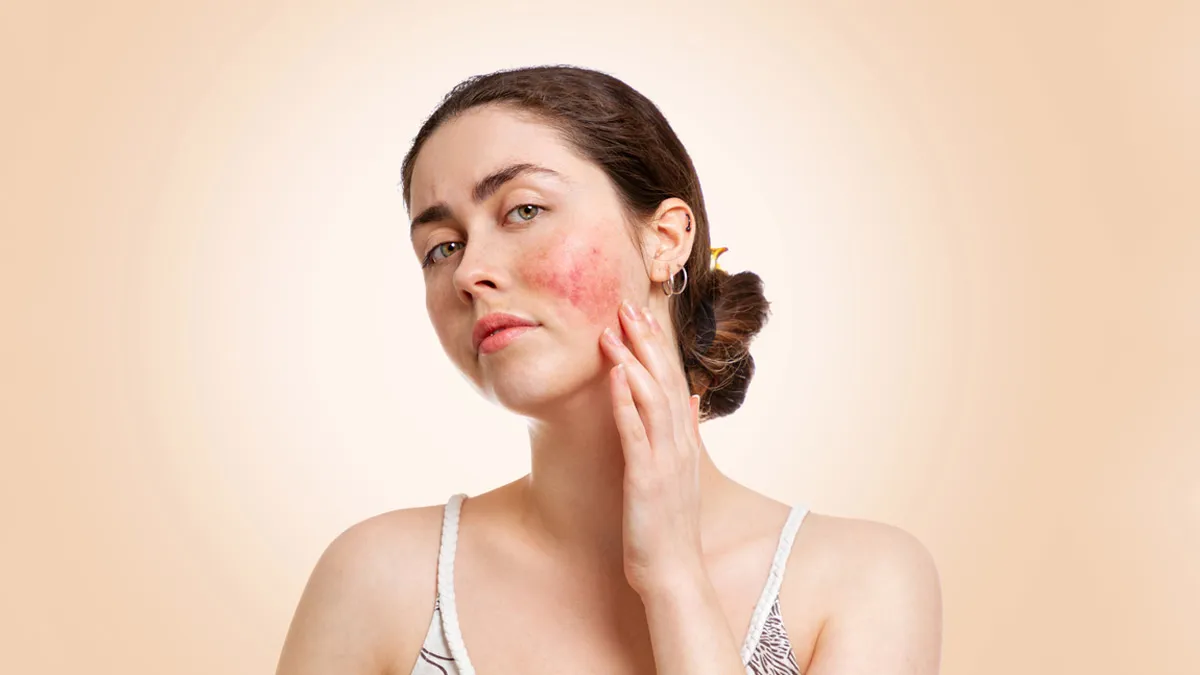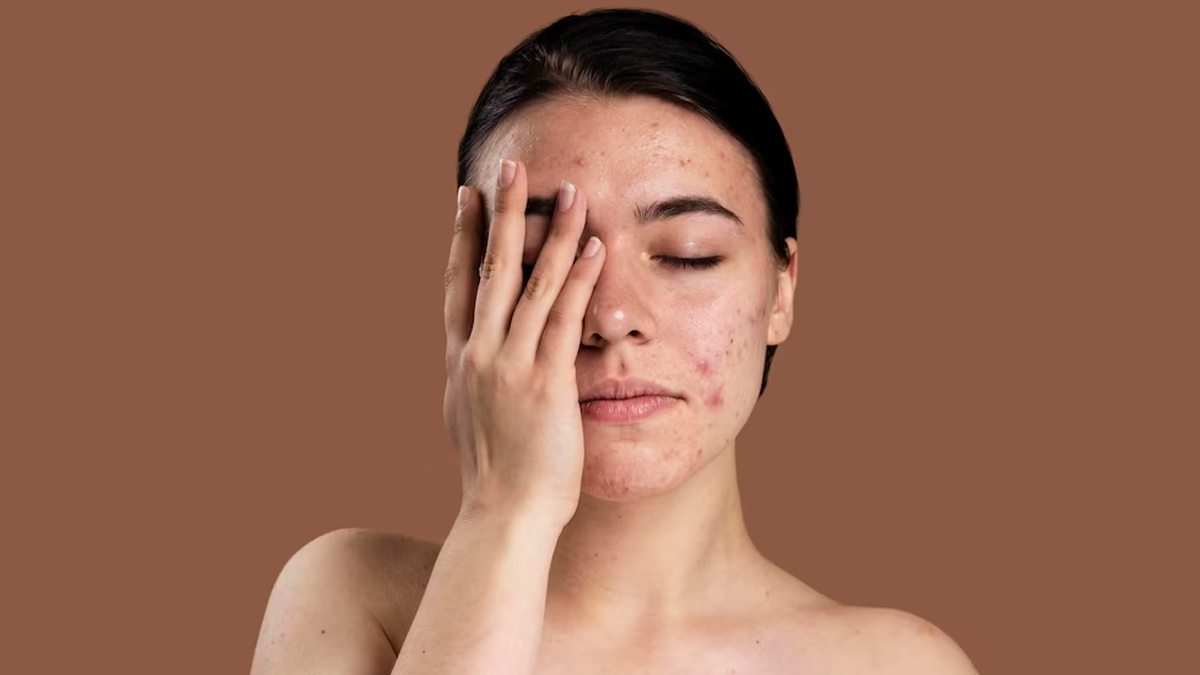
Aloe vera gel is hailed as a skin-calming superstar. From cooling sunburns to soothing inflammation, it's a product that gets starring roles in many routines. But for others, aloe vera can cause redness, rashes, or itching as a result of allergic responses or skin sensitivities. If you're one of those who cannot stand it, don't worry, nature has other softer, equally effective alternatives. Here's how you can naturally calm your face without reaching for the bottle of aloe.
Table of Content:-
First, How Do You Know You're Allergic To Aloe Vera?
An allergy or sensitivity towards aloe vera may manifest as:
- Redness or rash upon application
- Itching or burning sensation
- Swelling or hives
- Peeling of the skin
If you've noticed any of these upon the application of aloe-based products, it's best to steer clear of them and go for other botanicals.
Best Natural Alternatives To Aloe Vera Gel
1. Cucumber Pulp or Juice
Why it works: High water content hydrates the skin, while vitamin C and caffeic acid reduce inflammation and puffiness.
How to use: Blend cucumber into a pulp and apply as a cooling mask for 10–15 minutes.
Also Read: What Is Innotox, The New Korean Beauty Trend?

2. Rose Water
Why it works: Rose water balances skin pH, soothes irritation, and has mild anti-inflammatory effects.
How to use: Use it as a toner or spritz throughout the day for refreshment.
3. Oatmeal Paste
Why it works: Colloidal oatmeal boasts anti-inflammatory, skin-barrier-repairing qualities—wonderful for eczema, allergies, or just general sensitivity.
How to use: Blend ground oats and water or milk into a paste and use as a soothing face mask.
4. Honey (Raw or Manuka)
Why it works: Antibacterial, humectant, and soothing—ideal for healing without the drying side effects.
How to use: Use a thin layer on clean skin and leave on for 10–15 minutes before rinsing with lukewarm water.
5. Chamomile Tea Compress
Why it works: Chamomile has apigenin, a substance that reduces redness and soothes inflamed skin.
How to use: Soak a clean cloth in cooled chamomile tea and leave on your face for 5–10 minutes.

Tips To Keep In Mind If You Have Sensitive Skin
- Always patch test new products; natural doesn't mean non-irritating.
- Avoid products with synthetic fragrances or alcohol, as they can further dry or inflame your skin.
- Keep your regimen light in flare-ups; less is more when your skin barrier is broken.
- Hydrate from the inside out by drinking copious amounts of water and consuming skin-loving foods such as cucumbers, flax seeds, and leafy greens (unless contraindicated for your disease).
When To See A Dermatologist
If your skin breaks out to several natural treatments, it's a good idea to visit a dermatologist to eliminate underlying conditions such as rosacea, contact dermatitis, or eczema. A professional can also assist in uncovering safe, hypoallergenic products designed specifically for your skin type.
Bottomline
Aloe vera is a key ingredient in most skincare regimens, but it's not the only one. Nature offers a wealth of gentle, hydrating alternatives that are just as effective—or even better—than aloe vera for sensitive skin. Nurture what works for your skin and treat it to what it actually needs.
Also watch this video
How we keep this article up to date:
We work with experts and keep a close eye on the latest in health and wellness. Whenever there is a new research or helpful information, we update our articles with accurate and useful advice.
Current Version